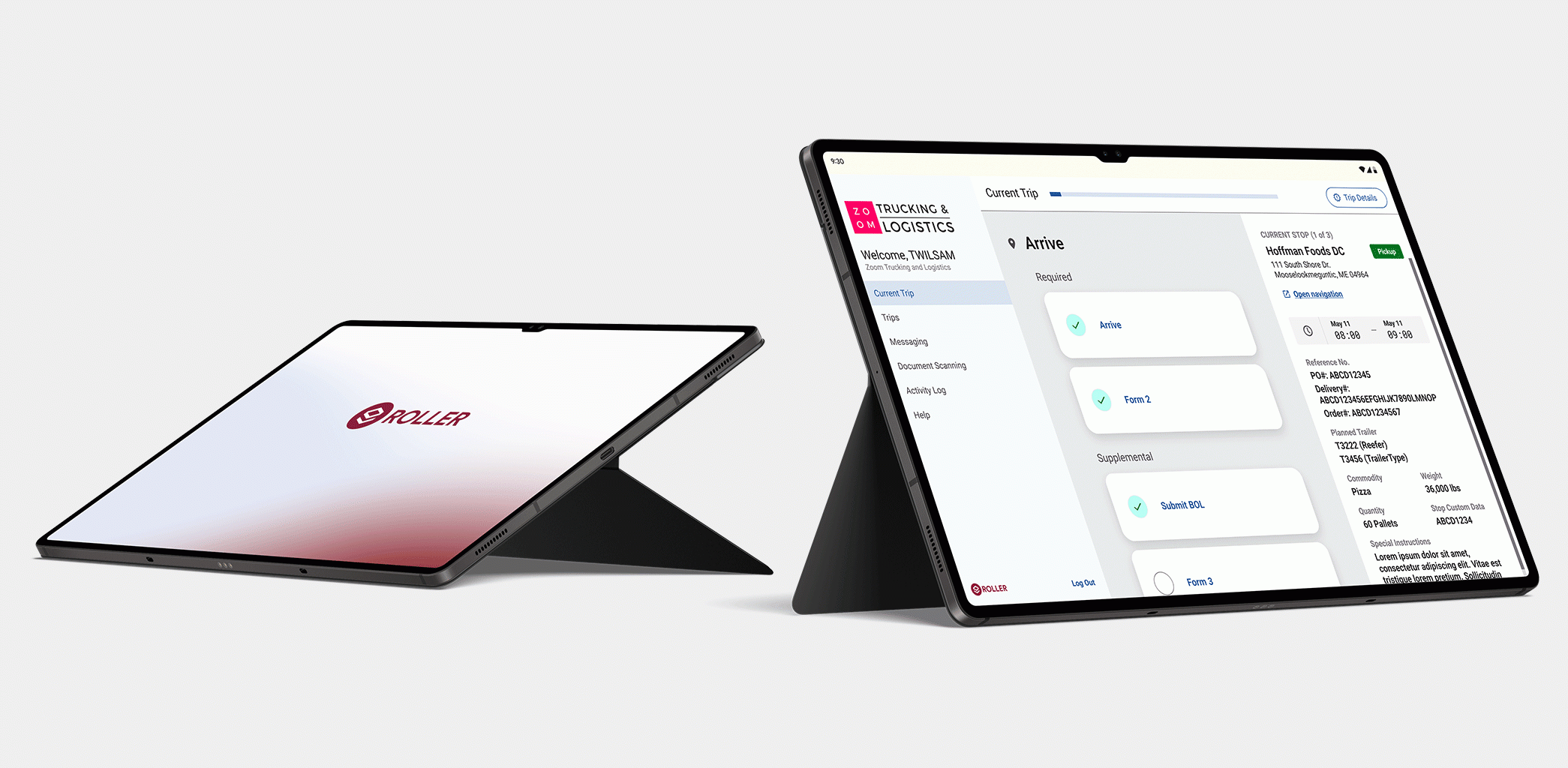With nearly two million apps available on the App Store and nearly 3 million on the Google Play Store, mobile app developers have their work cut out for them.
Users expect more from their apps than ever — performance, visual appeal, user-friendliness, and a unique solution to a daily problem. For every problem, though, there seem to be no fewer than three apps vying for the same market share.
Aspiring app developers face a more competitive landscape than ever. But even if the supply is abundant, so is the demand. Consumers are still looking for the next game-changing amazing app. There’s no reason that the app can’t be yours if you manage the challenges standing between an app developer and their target market.
Here are seven challenges faced by mobile app developers and how to handle them.
Mobile App Challenge 1: Ensuring There’s Actually a Market for Your App
There’s nothing worse than pouring time and money into a product — physical or software — only to discover that nobody wants it.
With so many apps competing for the same market share, it can be hard to stand out. An app that solves the same problem as other, more established apps had better solve the problem better, in a unique way, or for a unique niche market.
It is also important to understand the role of the app in the context of the broader business goals. Some apps fit better into a larger business model, rather than being an independent revenue source in their own right.
How to Handle It
Don’t rely on instinct or hope that an eager market awaits your new mobile app. Get a sense of the market before a single line of code is written in the development of your app.
Perform a competitive analysis. What apps are your direct competitors? How do they market to their audience? What can you do better in terms of presentation, functionality, or outreach?
Survey your target market. Do they already use competitive apps? How do the current apps on the market fall short? What would induce them to make the shift?
If possible, “pre-sell” the app — try some marketing and see how many people download a “pre-launch” version of your app that will go live once the development process is complete. Nothing tells you that you have a market like people buying your product!
Mobile App Challenge 2: Identifying the Right Development Partner
Most organizations do not have the in-house development team needed to design a world-class app. Most of them will go shopping for a third-party developer at some point.
Unfortunately, “mobile app developer” is a saturated market, with vast variance in quality.
Not all developers have the expertise or resources to create custom software from scratch, and will not be able to meet your true needs?
Even if it costs more, most organizations will do much better with an experienced development team that is accustomed to working in a competitive marketplace with high expectations.
How to Handle It
Do your homework on any mobile app development agency you consider. How long have they been in business? What is their reputation in public testimonials forums?
Who will lead your development team, and what are their qualifications? Are they qualified for the marketplace you want your app to trade-in? It takes a very different approach to get into the iOS App Store vs. Android marketplaces, for example.
Can the developer show examples of apps they developed that are similar to yours, as well as quantifiable success metrics for those apps? Do they have a history of serving your target market and understanding what they want?
Personality matters too. Look for an agency that has a great culture and attitude — one you will enjoy doing business with.





